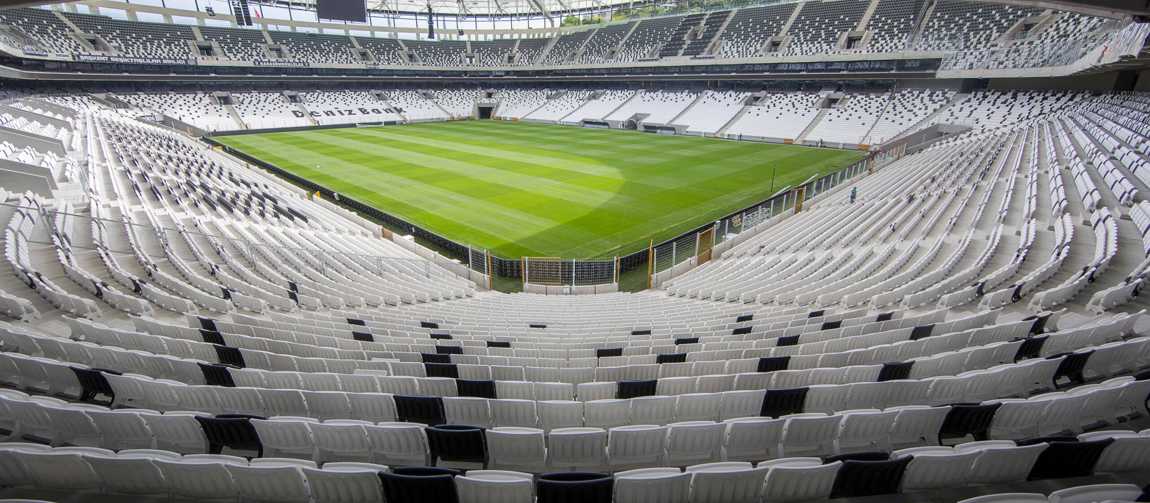
Innovations & Spectator Experience in Stadiums
24 December 2022
Stadiums are defined as structures that provide a comfortable and safe environment where spectators come together for sports and entertainment events. The spectator experience in the stadiums covers factors such as entrance and exit, seating arrangement, food and beverage services, security, extra services, as well as pre- and post-event processes.
In recent years, many innovation methods have been used to improve the spectator experience of stadiums. Some of those:
Smart stadiums: Processes such as the entrance and exit of the audience, food and beverage orders are made faster and easier with smart technologies, thus saving time for the audience.
Customizable experiences: Stadiums that allow spectators to customize their own experience. In this way, the audience can choose the seating arrangements as well as the services.
Virtual reality and augmented reality experiences: Spectators can take advantage of virtual reality technologies to get an idea of the stadium atmosphere before attending the event. The ability of the audience to use both physical and virtual reality experiences together during the event is defined as augmented reality experience. In recent years, there has been a focus on creating more interactive experiences for fans attending live events. This has led to the development of new technologies such as virtual and augmented reality that allow fans to experience the action on the field more interactively. For example, augmented reality technology can be used to provide fans with real-time stats and match-related information, while virtual reality can provide a fully interactive experience that puts fans right into the heart of the action.
Mobile applications: These are smart device applications where spectators can get information about services and organize their experiences before entering the stadium or during the event.
Internet connection: The Internet connection in the stadiums allows the audience to follow live broadcasts, get information about teams and players, and make sharings on social media.
Environmentally friendly approaches: Stadiums can take an environmentally friendly approach by optimizing the audience's experience on issues such as energy efficiency, waste management and use of natural resources. Energy efficiency in stadiums can be increased by optimizing waste management and the use of natural resources. Many modern stadiums are designed with sustainability in mind, using materials and building techniques that minimize their impact on the environment. Many stadiums offer innovative solutions to demonstrate an environmentally friendly approach, meet sustainability goals and reduce their carbon footprint. For example, with the rainwater collection system in stadiums, it becomes possible to meet most of the users' clean water needs. With the integration of renewable energy sources into stadiums, it is possible to save on the energy used. At the same time, it is also important to reduce and recycle the single-use plastics used in stadiums within the scope of maintaining environmentally friendly approaches in the experience of the spectators.
Another important factor in enhancing the spectator experience is the stadium's design and landscaping. Many stadiums today are being converted to accommodate evolving spectator needs. Stadiums designed for contemporary spectator needs offer better viewing angles and circulation routes for all spectators. Stadium and spectator seats, which are preferred in new stadiums, become more comfortable and ergonomic in this direction and play a role in increasing the spectator experience.
Finally, it's worth noting that the spectator experience doesn't just happen in the stadium. Many sports teams and organizations have recognized the importance of creating a sense of community among their fans, both online and offline. Social media platforms have become increasingly important tools for teams to connect with their fans and provide a platform for teams to share news, updates and other content about the team.